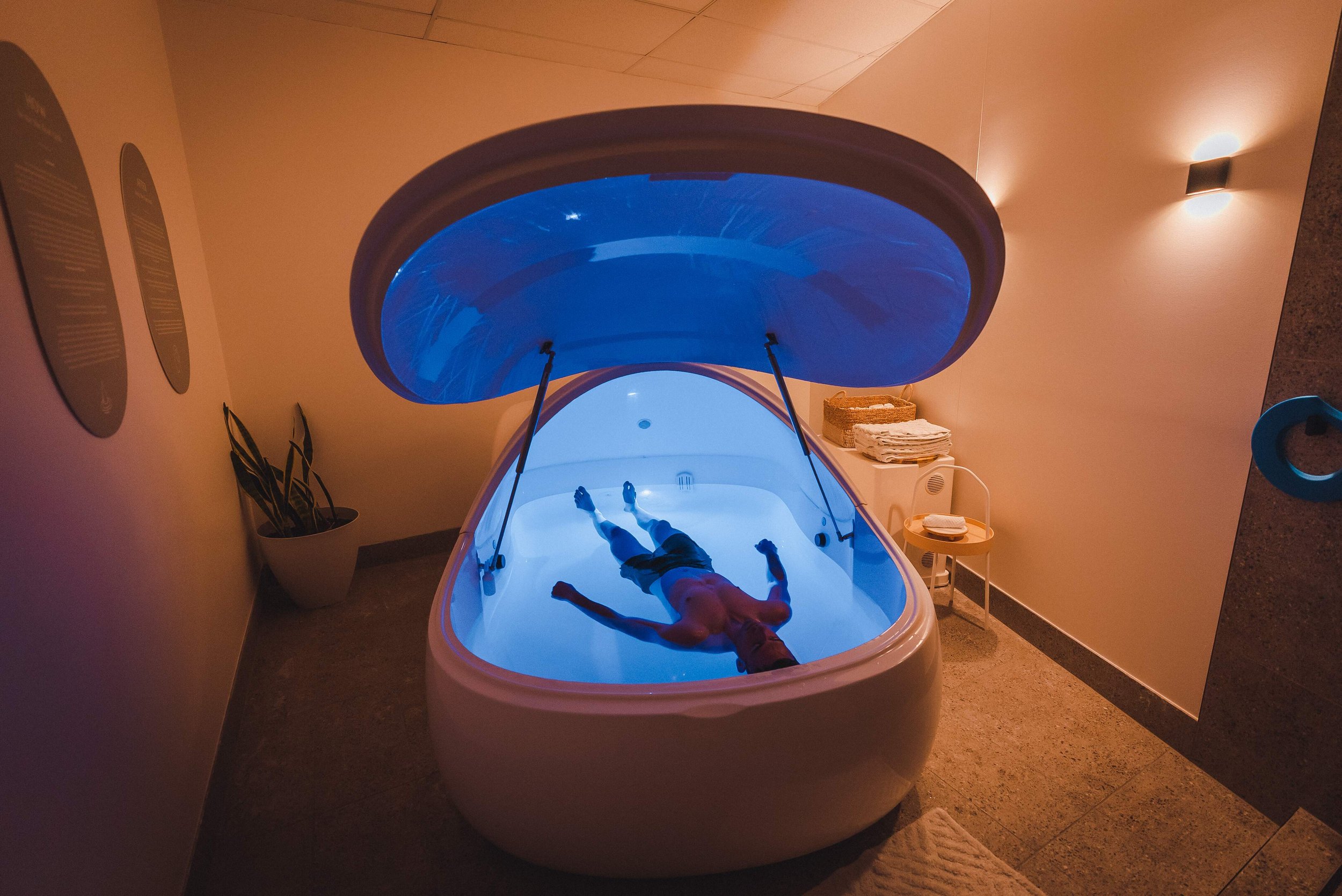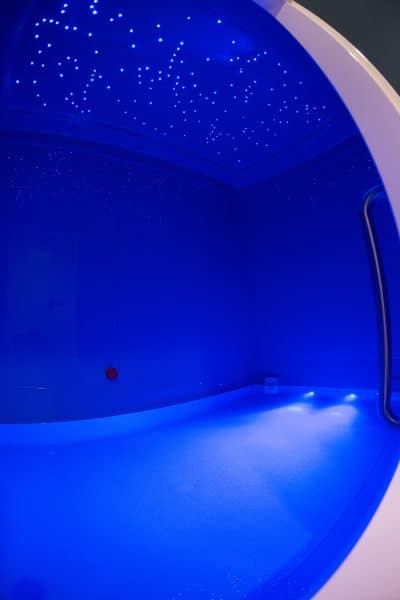Have you ever wondered about the cleanliness of float pods? In this article, we will explore just how sanitary these pods are to help alleviate any concerns you may have.
From the materials used to the cleaning protocols in place, you’ll gain a comprehensive understanding of the measures taken to ensure your safety and peace of mind during your floatation experience. So, let’s take a closer look at the level of hygiene you can expect when you step into a float pod.
Float Pod Sanitation
Float pods are a popular way to achieve relaxation and sensory deprivation. However, it is essential to ensure that float pods are maintained and cleaned correctly to guarantee a safe and hygienic experience.
In this article, we will discuss the comprehensive cleaning procedures, maintenance and preparation steps, controlling microbial growth, water testing, filtration systems, cleaning solutions, hygiene measures, common concerns, regulatory standards, and the responsibilities of float spa owners.
Cleaning Procedures
Cleaning the float pod is a critical step in maintaining a sanitary environment. After each use, the pod should be thoroughly cleaned and disinfected. This includes draining and rinsing the pod, wiping interior and exterior surfaces with a suitable cleaner, and sanitizing the pod according to established guidelines.
Removing debris, hair, or oils that may have accumulated during the float session is crucial. By following a consistent and thorough cleaning routine, the risk of contamination can be significantly reduced.
Disinfection
Disinfection is a vital part of float pod sanitation. After cleaning, a suitable disinfectant should be used to eliminate potential pathogens effectively. Choosing a disinfectant that is proven effective against a wide range of microorganisms is essential. The disinfectant should be applied according to the manufacturer’s instructions and allow sufficient contact time to ensure proper sanitation. Regular disinfection helps maintain a clean and hygienic environment for all float pod users.
Pool Water Filtration
An adequate pool water filtration system is crucial for maintaining the cleanliness of the float pod water. Float pods typically use a combination of filters to remove suspended particles and contaminants.
These filtration systems include sand, diatomaceous earth, and cartridge filters. The water passes through these filters, which trap debris and maintain water clarity. Regular maintenance and cleaning of the filters are necessary to ensure their optimal performance and prevent the buildup of bacteria or other harmful substances.
Chemical Balancing
Maintaining the correct chemical balance in the float pod water ensures a safe and sanitary experience. The chemical levels should be regularly tested and adjusted accordingly. This includes monitoring the water’s pH balance, bromine or hydrogen peroxide levels, and total dissolved solids (TDS). Maintaining proper chemical balance can control the growth of bacteria, viruses, and other microorganisms, creating a clean and healthy environment for floaters.
Maintenance and Preparation
Proper maintenance and preparation play a significant role in ensuring the cleanliness of float pods. Before entering the float pod, it is essential to take a pre-float shower to remove any dirt, oils, or skincare products that may contaminate the water.
Also, hygiene guidelines should be followed, such as removing makeup and ensuring wounds are adequately covered. Employee training is crucial to ensure staff members understand and follow all sanitation procedures and hygiene protocols.
Controlling Microbial Growth
Controlling microbial growth is crucial in maintaining the sanitary conditions of the float pod. Various methods are employed to eliminate or reduce the presence of microorganisms in the water. UV-C light sterilization is often used to destroy bacteria, viruses, and other pathogens.
Ozone generation is another effective method, as it has strong disinfection properties. Hydrogen peroxide can also be employed as a sanitizer, as it is effective against many microorganisms. Bromine can be used as a reliable sanitization method due to its ability to hold up well in the warm water environment of the float pod.
Water Testing and Quality
Regular water testing is essential to ensure the quality and safety of the float pod water. Chemical levels, including bromine or hydrogen peroxide, should be tested regularly to ensure they are within the recommended range. pH balance should also be monitored to maintain the water’s acidity or alkalinity levels.
Additionally, total dissolved solids (TDS) should be measured periodically to ensure that the water is balanced correctly and does not contain excessive dissolved substances. Regular hygiene testing should also be conducted to ensure the absence of harmful microorganisms.
Filtration Systems
Float pods utilize different filtration systems to keep the water clean and debris-free. Sand filters are commonly used and work by passing the water through a bed of sand, which traps particles and contaminants.
Diatomaceous earth filters are another option and use a filter media composed of fossilized diatoms to remove impurities from the water effectively. Cartridge filters are also employed, with replaceable cartridges that capture debris as the water passes through. Regular maintenance and cleaning of these filtration systems are essential to ensure their optimal functionality and water cleanliness.
Cleaning Solutions and Products
Appropriate cleaning solutions and products are essential for maintaining a sanitary float pod. Non-toxic cleaners are often preferred as they reduce the risk of respiratory issues or skin irritations for those using the float pod.
Eco-friendly disinfectants can be used to eliminate pathogens effectively while minimizing harm to the environment. Choosing cleaning solutions and products that are proven effective against a wide range of microorganisms and safe for regular use within the float pod environment is crucial.
Hygiene Measures
Proper hygiene measures are essential to create a safe and sanitary float pod experience. Disposable earplugs ensure no bacteria or other pathogens are introduced into the ears during the session.
Hair and body care guidelines, such as tying up hair and avoiding perfumes or lotions, should be followed to prevent water contamination. Proper use of towels and robes, such as using a fresh set for each floater, helps maintain cleanliness. Additionally, foot baths can be provided to remove dirt and contaminants before entering the float pod.
Common Concerns
Some common concerns related to float pod sanitation include fungal infections, bacterial contamination, viral infections, and parasitic infections. Fungal infections, such as athlete’s foot or ringworm, can be prevented by maintaining a clean and dry float pod environment.
Proper disinfection and cleaning procedures help eliminate or reduce the risk of bacterial contamination. Viral infections, including colds and flu, can be minimized by maintaining good hygiene practices and disinfecting commonly touched surfaces. Parasitic infections, such as lice or scabies, can be prevented through proper cleaning, regular water testing, and meticulous hygiene measures.
Regulatory Standards
Health department guidelines and local/federal regulations should be followed to ensure the safety and cleanliness of float pods. These guidelines provide specific requirements for maintaining sanitary conditions in float spas.
Regular inspections by health department officials help enforce compliance with these standards, ensuring the health and well-being of floaters. Float spa owners should meticulously document cleaning and maintenance procedures and keep records of water testing results. Obtaining industry certifications adds credibility and demonstrates a commitment to sanitation and customer safety.
Responsibilities of Float Spa Owners
Float spa owners have a crucial role in maintaining a safe and hygienic environment for their customers. Regular inspections should be conducted to identify and address any sanitation issues promptly.
Ongoing documentation of cleaning procedures, maintenance schedules, and water testing results helps ensure accountability and compliance with regulations. Obtaining industry certifications demonstrates a commitment to professionalism and excellence in the float spa industry. By fulfilling these responsibilities, float spa owners contribute to providing their customers with a relaxing and worry-free float experience.
In conclusion, float pod sanitation is of utmost importance in ensuring users’ safe and hygienic experience. By implementing comprehensive cleaning procedures, maintaining proper chemical balance, controlling microbial growth, regularly testing water quality, employing efficient filtration systems, using suitable cleaning solutions, practicing reasonable hygiene measures, addressing common concerns, adhering to regulatory standards, and fulfilling responsibilities as a float spa owner, a clean and sanitary environment can be maintained, offering users peace of mind and relaxation.












































